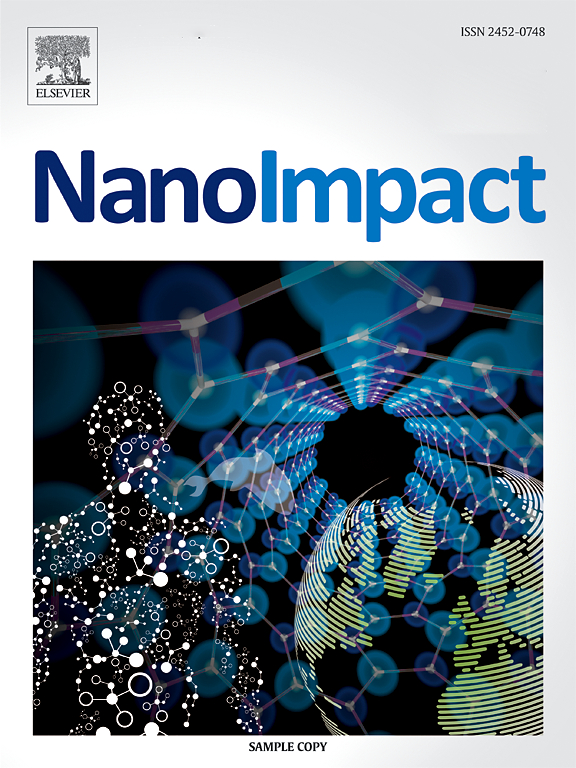微塑料:水生系统中抗菌素耐药性的隐藏驱动因素
IF 5.5
3区 环境科学与生态学
Q2 ENVIRONMENTAL SCIENCES
引用次数: 0
摘要
水生生态系统中的微塑料(MPs)很容易促进生物膜的形成,形成塑性球,这是一个与环境污染物相互作用的动态界面,也是微生物的储存库。最近的研究强调了塑料圈对水生生物内部和不同环境中病原体、抗生素耐药基因(ARGs)和抗菌素耐药性(AMR)传播的贡献,这种现象统称为“Plastiome”。虽然塑料球的流行和影响已经得到了广泛的研究,但迫切需要系统地综合最新的见解,以了解质体的行为。本文综述了塑料的发展和行为,重点介绍了塑料与水生生态系统中ARGs和病原体的相互作用。微塑料选择性地丰富了ARGs和致病微生物,培养了与周围水域不同的独特微生物群落。质体促进了ARG的水平传播,增加了耐抗生素病原体的数量,并对水圈和公共卫生构成重大风险。此外,还确定了关键的研究机会并建议了策略,以促进我们对水生环境中plastiome驱动的抗生素耐药性的理解。本文章由计算机程序翻译,如有差异,请以英文原文为准。

Microplastics: Hidden drivers of antimicrobial resistance in aquatic systems
Microplastics (MPs) in aquatic ecosystems readily promote biofilm formation, creating the plastisphere, a dynamic interface that interacts with environmental pollutants and acts as a reservoir for microorganisms. Recent studies emphasize the plastisphere's contribution to the spread of pathogens, antibiotic-resistant genes (ARGs), and antimicrobial resistance (AMR) within aquatic organisms and across diverse environments, a phenomenon collectively called the ‘Plastiome’. Although the prevalence and effects of the plastisphere have been studied extensively, a systematic synthesis of updated insights into the behavior of the plastiome is urgently needed. This review explores the development and behavior of plastics, focusing on its interactions with ARGs and pathogens within aquatic ecosystems. Microplastics selectively enrich ARGs and pathogenic microorganisms, fostering unique microbial communities distinct from those in surrounding waters. The plastiome facilitates horizontal ARG propagation, increasing the quantity of antibiotic-resistant pathogens and presenting substantial risks to the hydrosphere and public health. Additionally, key research opportunities are identified and strategies are recommended to advance our understanding of plastiome-driven antibiotic resistance in aquatic environments.
求助全文
通过发布文献求助,成功后即可免费获取论文全文。
去求助
来源期刊

NanoImpact
Social Sciences-Safety Research
CiteScore
11.00
自引率
6.10%
发文量
69
审稿时长
23 days
期刊介绍:
NanoImpact is a multidisciplinary journal that focuses on nanosafety research and areas related to the impacts of manufactured nanomaterials on human and environmental systems and the behavior of nanomaterials in these systems.
 求助内容:
求助内容: 应助结果提醒方式:
应助结果提醒方式:


